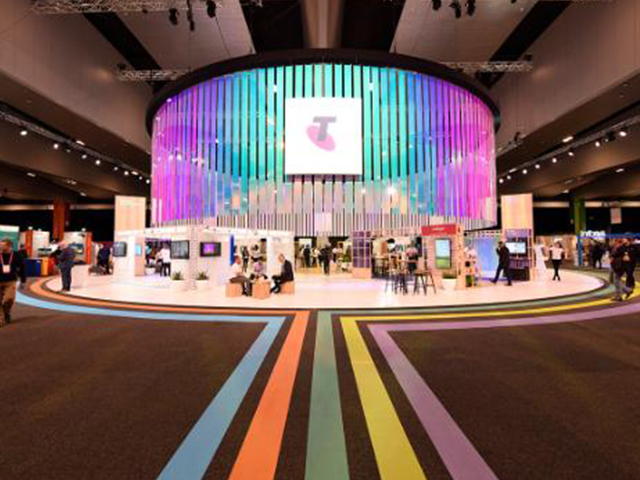Article content
We’re on the cusp of a new era in mobile connectivity, which will radically change how we work. Discover what our 5G rollout means for your business.
Australia is on the cusp of a new era in mobile connectivity, where high data speeds and low latency can radically change how we work and what we’re able to achieve.
Ultra-low latency, high-data speeds and massive machine-type communications are the signature traits of 5G mobile technology, which Telstra is now rolling out and is set for wide-scale deployment in 2019.

Additionally, 5G is also more efficient, which is critically important when mobile networks are handling ever more traffic.
Together, these three characteristics – higher-data speeds, lower latency and lower costs per bit – make 5G a game changer, tipped to reset the boundaries of what’s possible in mobile technology.
“5G is really exciting. It brings super capacity both in terms of adding more spectrum and also utilising spectrum more efficiently. It also delivers lower latency, which means that the time in which it takes the network to transmit signals is much lower,” says Robyn Denholm, Chief Operations Officer, Telstra Operations.
To provide some perspective, latency in 3G and 4G technology is measured in the tens of milliseconds. In 5G, those millisecond measurements are typically just single digits – a delay so slight, it’s faster than we can blink.
This matters because while 1G, 2G, 3G and 4G were primarily about connecting voice and then data, 5G will be about connecting the Internet of Things.
You may not notice one tenth of a second delay when you’re waiting for a webpage to load but that type of lag doesn’t work in the emerging body of applications that require virtually-instant response times.
Doctors performing surgery remotely using tactile internet tools need instant responsiveness far beyond what today’s 4G technology can provide. Autonomous cars need to be able to react instantly to obstacles and traffic directions to be able to safely navigate through busy traffic. Sensor-laden factories, smart electricity grids and other infrastructure need to be able to adjust almost-instantly if they are to deliver the promised efficiencies and cost savings.
5G will build upon and be integrated with existing 4G technology and especially in the early years of 5G, 4G coverage and performance will remain an important link in the chain of connectivity, even for 5G devices.
If the introduction of previous mobile network technologies can guide us, it may be unexpected or as-yet-unimagined concepts that are the most transformative benefits of 5G. Consider the way that 2G and 3G’s first mobile data sessions paved the way for streaming video and image-rich social media.
“When 3G came around, people didn't think that everyone would necessarily want to connect to the internet on their phone. Now, that sounds really silly in hindsight,” Denholm says. “So too in a few years’ time, we will probably look back at wonder why the benefits of 5G weren’t obvious at the time the technology was first being deployed.”
Telstra is investing in network technologies and reworking its architecture to handle, among many things, an explosion in the sheer volume of video content being consumed. “Up to 70 per cent of the traffic over our mobile network in these next few years will be video,” Denholm explains.
With 5G, the performance implication is considerable. Live video with imperceptible delay, no skipping or buffering images. In two-way video conferencing situations, this allows for precision or delicacy such as in telehealth for remote use of diagnostic equipment, for example. There are also implications for the greater use of data-heavy applications such as AR and VR.
“Augmented reality today is a feature that we're using within our own field force,” explains Denholm. “So for example, in our Customer Service Management team, where we have field techs fixing things at a customer premises, we can actually have them wear the goggles and then be instructed how to tackle a particularly complex job.
“It's a phenomenal augmentation for our field teams today and when it’s underpinned by 5G, it will be taken to the next level in the terms of the quality of the video and sophistication of the two-way interactions.”
The standards behind the 5G technology that we are deploying in our mobile network were recently ratified by 3GPP, the international standards body which manages global accreditation.
“It's here already. We have the first 15 sites already up and running,” Denholm says.
“2019 will be the year of 5G. We expect to have 200 5G enabled sites online by the end of the calendar year and then we look forward to devices being available for our enterprise and our small business and consumer customers.”

